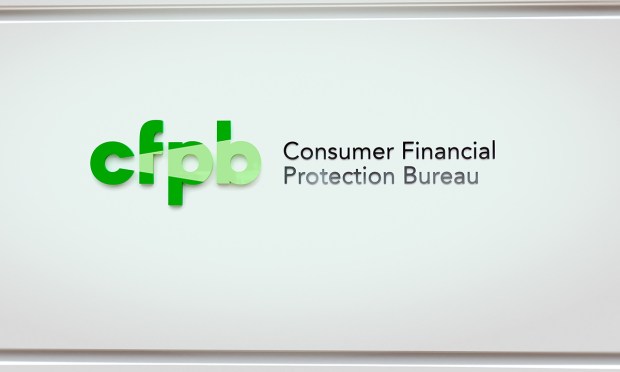CFPB’s New Open Banking Rule Targets Data-Sharing Consistency

The Consumer Financial Protection Bureau’s open banking rule is a rough draft.
And much may change between the Thursday (Oct. 19) announcement of its new open banking proposal and what gets finalized, possibly as soon as next year.
But the overarching themes — those of easier data sharing and greater competition between entities, and perhaps above all, consistency — herald a groundswell for open banking here in the states.
In a statement that accompanied the announcement of the new rule, CFPB Director Rohit Chopra said that the proposed rule would “give consumers the power to walk away from bad service and choose the financial institutions that offer the best products and prices.”
In terms of process, the Notice of Proposed Rulemaking states that the rule would “implement section 1033 of the Consumer Financial Protection Act of 2010 (CFPA). The proposed rule would require depository and non-depository entities to make available to consumers and authorized third parties certain data relating to consumers’ transactions and accounts; establish obligations for third parties accessing a consumer’s data, including important privacy protections for that data; provide basic standards for data access.”
The commentary period for the rule stretches to Dec. 29, so we’ll see all sides of the payments ecosystem weigh in on the matter.
But in the meantime, there are key points to be gleaned from the discussion/documentation of the proposed rule, dubbed the Personal Financial Data Rights rule, itself.
Addressing Consistency
The CFPB writes in the proposal that, as it stands now, “there is a general lack of consistency across data providers in the terms and conditions for access, and the data formats used. This creates inefficiencies for market participants, as every connection between a third party and a data provider requires many detailed terms and conditions to be negotiated.” Attempts to standardize or streamline negotiations, through model agreements “generally have been undertaken only by certain segments of the market, limiting their effectiveness,” said the CFPB.
The proposed rule would limit the collection, use and retention “of data that is not needed to provide the consumer’s requested service, and push for greater efficiency and reliability of data access across the industry to reduce industry costs,” and help spur innovation.
The CFPB has said in its overview of the rule that giving consumers the legal right to share their information only for their preferred purposes — tied to credit cards, checking account and other data — can help providers embrace cash flow-based underwriting, to name but one use case. Consumers would also be able to, in Chopra’s words, “walk away” from “bad” service to an enterprise’s competitors.
A Different Approach
Open banking has taken shape elsewhere in the world through government mandates. The CFPB, in its discussion of standards, said that “Instead of providing detailed technical standards, the rule contains several requirements to ensure industry standards are fair, open, and inclusive. The CFPB intends to assess future standards developed by the private sector under the terms described in the rule.”
We note that the discussion of “private sector” signals an approach that looks to enterprises to put forth their own ideas and intentions when it comes to data access and protection.
PYMNTS Intelligence data gives an indication of how open banking can shift the financial services landscape in the United States. In the report “How Open Banking Can Provide Fast and Easy Consumer Payouts,” done in collaboration with Trustly, 50% of millennials stated that their choice of merchant or provider would be “very or extremely” influenced by open banking connectivity. Overall, more than third of consumers — across all demographics — said the same about open banking.
In an interview published just this week, Matt Wilcox, president of digital payments at Fiserv, told Karen Webster that better connectivity and consumer trust would improve the experience on both sides of any financial services interaction, and would give rise to open banking. In an example of collaborative efforts to enable data sharing do be done in a more efficient manner, Fiserv and Plaid have partnered to help banks share data with outside entities, as APIs directly connect Fiserv’s client base of more than 3,000 hosted financial institutions to Plaid’s 8,000 third-party applications and services.
As he told Webster: “We’re firm believers in open banking. We’re firm believers in open data, and we’re firm believers in the standards that are going to be set for the U.S. financial industry. This is a way to comply with those standards, give consumers control — and do it all at scale.”
The CFPB’s proposed rule — as of Thursday — gives a hint as to how those standards might be, well, standardized.
